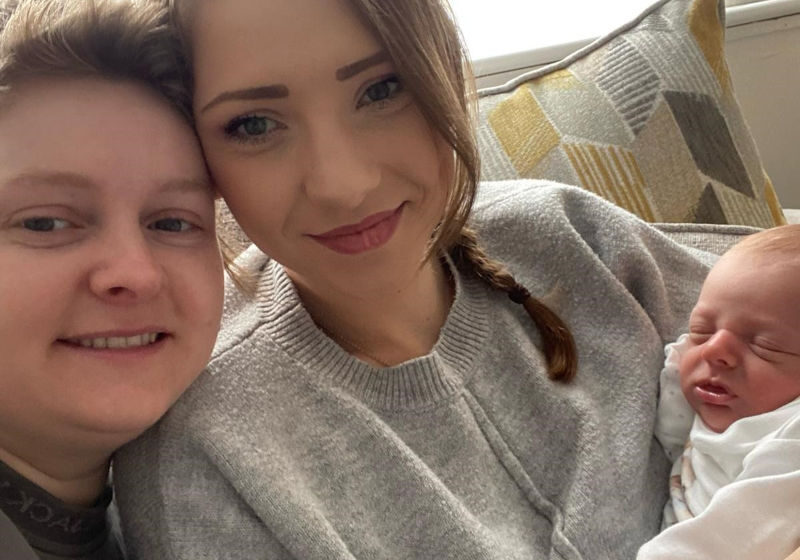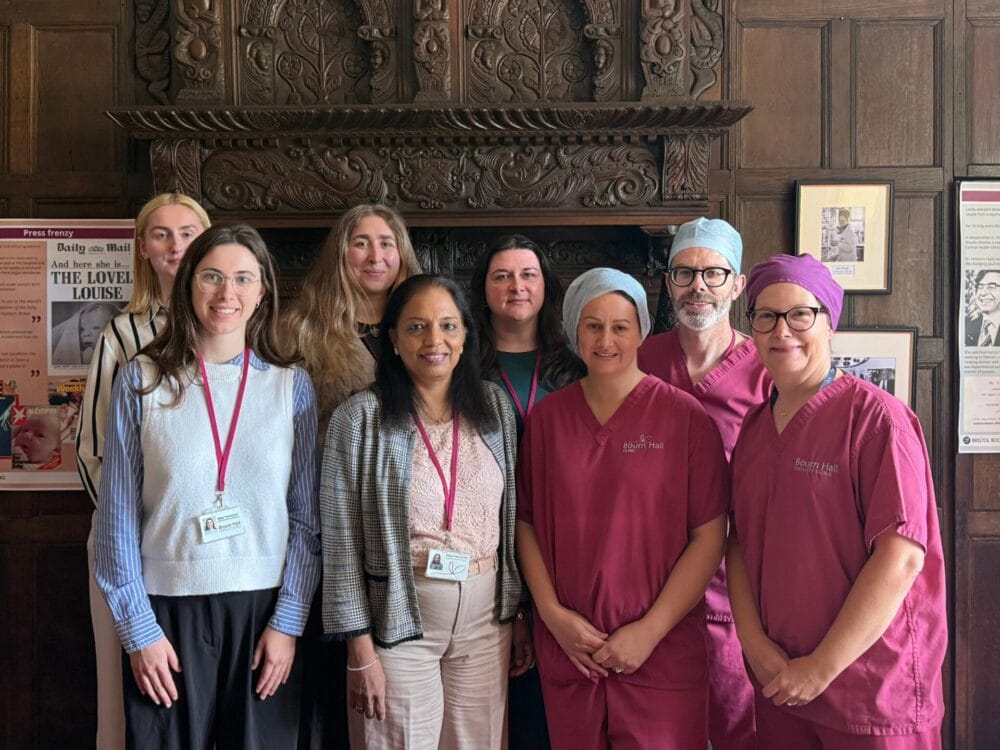Let’s Make IVF More Accessible for All
12 Sep 2025
By Dr Thanos Papathanasiou, CEO & Medical Director, Bourn Hall
The pioneers of IVF and founders of Bourn Hall fertility clinic envisioned a world in which every hopeful couple could build a family. Making IVF access in the UK clearer and kinder is how we honour that purpose today.
In my recent BioNews article, I suggest raising national ambition-from around 1 in 32 IVF-conceived births towards something closer to 1 in 10, as seen in countries such as Denmark and Israel. The point isn’t to chase numbers; it’s to remove avoidable barriers so that people who want children can reach help when they need it. People come to us through different routes: some pursue NHS IVF funding, others choose self-funded IVF for flexibility or timing. Our clinical standards are constant; we explain options so you can choose what fits your circumstances.
Local limitations: variation in access
Across the UK, access to fertility treatment in the UK varies. Local Integrated Care Boards work within tight annual budgets and must balance many priorities. Eligibility rules differ-how many cycles are funded, age limits, and whether previous children are considered-so patients’ routes are not always the same.
Local vs national strategy
A more joined-up, nationally guided approach-developed with local partners-could:
- enable long-term, expert-led planning
- ensure consistent eligibility and standards across the country
- reduce administrative burden through coordinated purchasing
- draw on models that already work well in other HFEA-regulated services
- Make IVF a national priority
Elevating IVF as a national priority would make routes to treatment clearer and fairer. It would also be economically sensible over the long term and would help address today’s low fertility rate.
Economic perspective
- IVF is cost-effective:
- Public cost per IVF child: ~£13,000-£16,000
- Lifetime tax contribution: over £100,000 per child
- Compared with many interventions, IVF delivers benefits that unfold over decades.
A note on fertility rates
- The UK fertility rate is 1.44 (below the replacement level of 2.1).
- IVF will not solve population trends alone, but it ensures that those who want children are not blocked by infertility.
Common concerns-practical answers
- Uncontrolled demand? Experience elsewhere shows an initial rise followed by stabilisation under organised access.
- Fairness? Infertility affects around 1 in 6 adults and is recognised as a health condition.
- Ethics and safety? IVF in the UK is tightly regulated by the HFEA and widely used worldwide.

Find out how can we help you
Book a consultation call with our team to find out how Bourn Hall can help you on your fertility journey
Latest articles
Understanding Success Rates
Fertility statistics can sometimes feel confusing or even discouraging. Percentages and figures don’t always tell…
IVF vs IUI: Which Fertility Treatment Is Best for You?
By Dr Thanos Papathanasiou, CEO & Medical Director, Bourn Hall Fertility Clinic, UK One of…
Donor and surrogacy services – Bourn Hall Clinic
Our donation and surrogacy service is led by Dr Chhaya Prasannan-Nair, a highly experienced gynaecologist…
Patient reviews you can trust
Genuine experiences from real patients. See why so many trust us with their fertility care.
“We went to an open evening at Bourn Hall Wickford and came away feeling really positive about the place. The staff were really friendly and the presentation was clear about the statistics regarding success rates and live birth rates; their data was very transparent. We came away feeling like we would really be looked after.”
Katy and Leigh are parents to Charlie after IVF
Patient 2023
“We chose to make an appointment at Bourn Hall Wickford because of the favourable reviews. When we got there and met the staff they were just so lovely, making us feel welcome and explaining to us what tests would need to be done and what our options were; we just thought ‘yes, let’s get the ball rolling!”
Jess and Fran are mums to Nathan after IVF with donor sperm
Patient 2023




